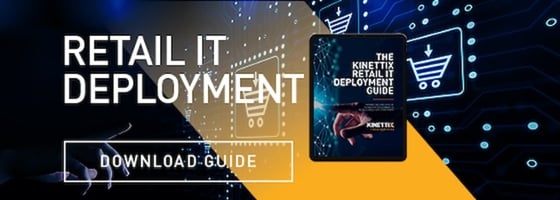For many IT service and managed service companies, scaling field service capabilities is a challenging hurdle. It is a vital, complex aspect of business that dramatically impacts interactions with end customers.
It can be particularly hard to scale beyond a specific geographical boundary. Covering your local city is easy, but covering every area of your state — let alone many states or even multiple nations — may become unmanageable.
One solution worth evaluating is turning to a global contingent workforce for your dispatches, deployments, and other IT field service projects.
Comparing W2 to a Global Contingent Workforce
If you are on the fence about utilizing W2 or contract labor, consider these key differences.
Understand Utilization Differences
The first element of cost-effectiveness to consider is utilization, roughly defined as the percentage of a person's paid time during which the person is doing meaningful (billable, chargeable) work.
While every organization seeks to push the utilization of W2 employees higher, reaching 100% utilization is likely never going to happen. Downtime happens even in the most well-managed environments, after all.
Beyond that, you will never reach a point where even 100% of an employee's actual productive work time is chargeable: emails, meetings, housekeeping, and (in some cases) travel may be significant work but not billable to end clients.
Compare what we have described as W2s here with the different landscape of 1099 or global contingent workforce members. These workers, in theory, always reach 100% utilization because your organization pays them only when using them.
It is worth mentioning that this is not an entirely equal comparison. Costs do not necessarily compare one to one here, so the 100% utilization rate you achieve with contingent workforce staffing may look different per hour than the lower utilization rate you perform in-house.
However, a global contingent workforce is still the more efficient choice on a pure utilization basis.
Factor in Travel Costs
Travel costs, and the way they are accounted for, are the second significant difference between W2 and contingent workforce staffing.
In most contexts, you will pay your W2 employees for the time they spend traveling to client sites, even though you cannot bill your end client for that time directly. You will also pay for their mode of travel and sometimes accommodations (whether a truck and the fuel inside it or an airline ticket and a hotel stay).
Of course, you will factor these costs into your client proposals, but it is just one more complicating factor that obscures ROI and threatens the bottom line.
Moreover, when you partner with a field services firm with a global footprint, you gain access to a global contingent workforce. With access to workers closer to the work site, this model reduces the (hidden) travel costs baked into those hourly rates.
Consider Hiring Headaches
These days, W2 employees are at least slightly hard to come by. Furthermore, keeping the employees you already have is challenging enough with a job market more competitive than just about any other point in history.
For many businesses at this time, hiring in-house team members can be, at best, a significant headache and, at worst, an operational crisis.
Contrast that to working with a global contingent workforce, where finding available workers is someone else's job. Using a global contingent workforce eliminates your responsibility to find the right employees and deal with all the headaches that hiring and staffing bring.
Even if all else were equal, the hiring headache could be enough to consider contingent workforce staffing for field service projects.
Add Up Additional Non-Salary Costs
One of the most significant differences between W2 employees and contract technicians and project coordinators is the numerous additional or hidden costs associated with W2 employees.
Your W2 employees require mandated benefits (such as employer-sponsored health insurance), and you likely offer others (such as a 401k match, paid time off, or other insurance coverages) to remain competitive.
You will also be on the hook for numerous other elements, each of which carries a cost:
- Overtime pay
- Availability pay
- Tools, equipment, vehicles
- Mileage
- Workers Compensation
The list could go on.
These costs may still exist with a global contingent workforce, but they are built into the hourly or contract rate. Due to the economy of scale (e.g., you are not their only client), you do not shoulder the total cost of most of them.
When You Need Global Reach & Technical Depth
One thing is sure: to make the most of a global contingent workforce, you need a partner that genuinely has that depth and technical skill. Kinettix has the reach and the depth you need to make this transition — at any scale.
We are a reliable partner for creating a more robust global contingent workforce and scaling to meet customer demand. We provide techs and field management services as an extension of your company. Whether you need talent in a remote corner of the world or help meeting a surge in demand, our global network of remote project coordinators and on-site technicians can help.
If you are ready to learn more, contact us.






